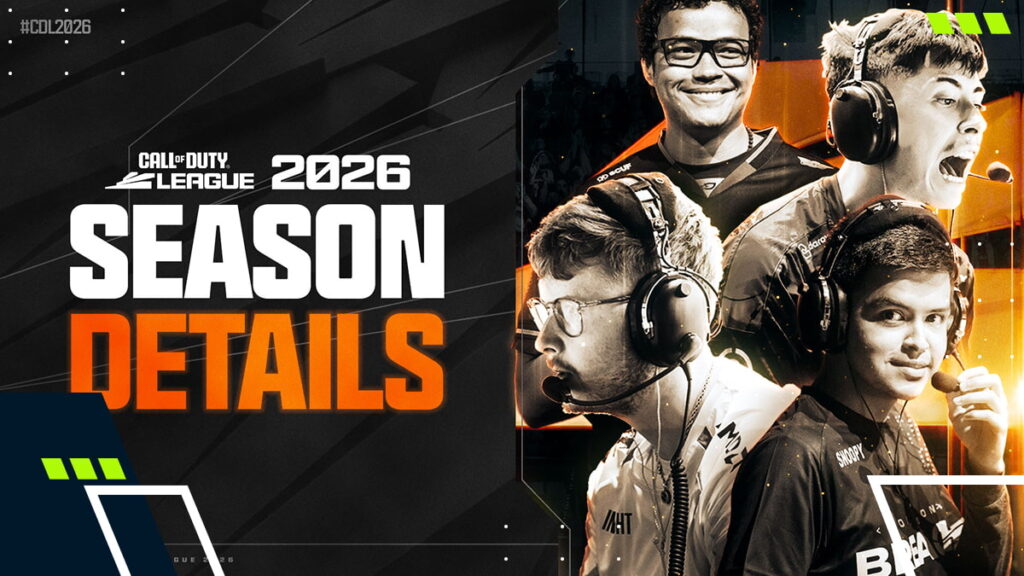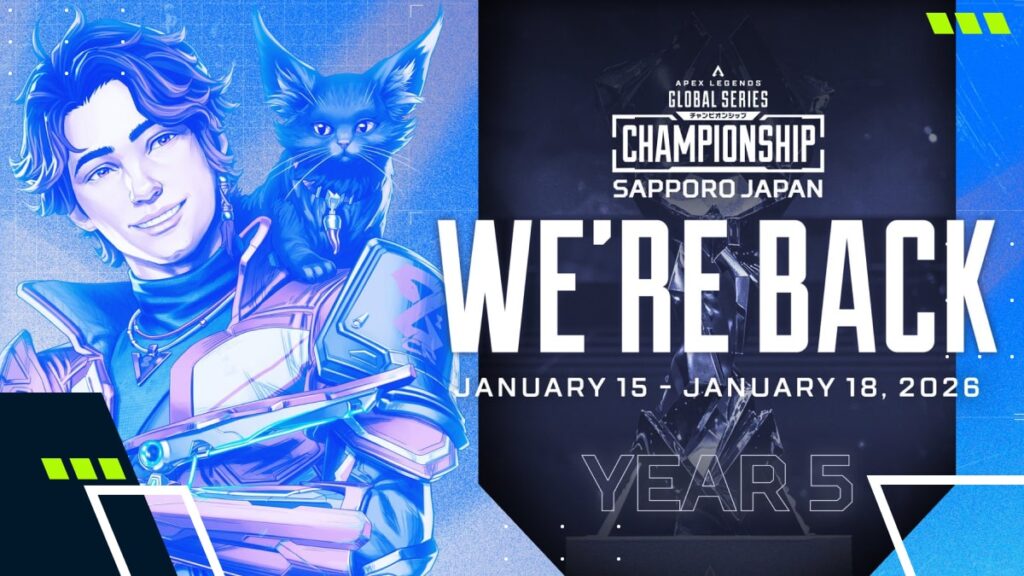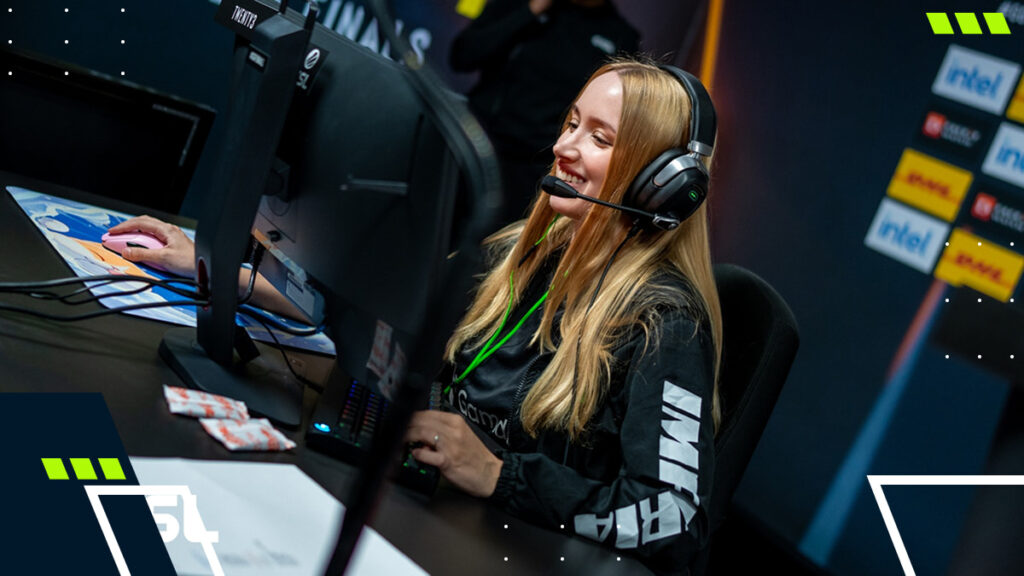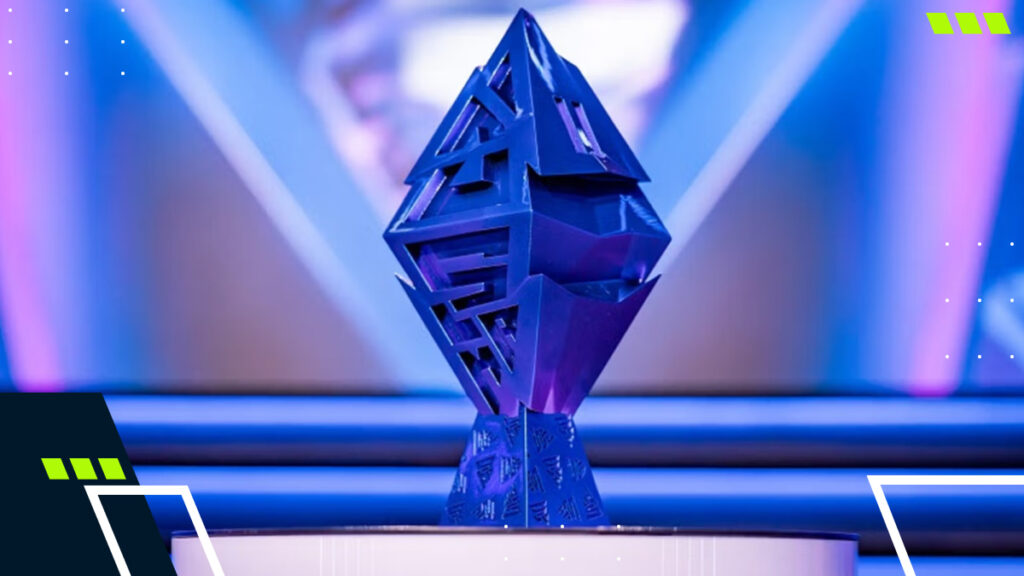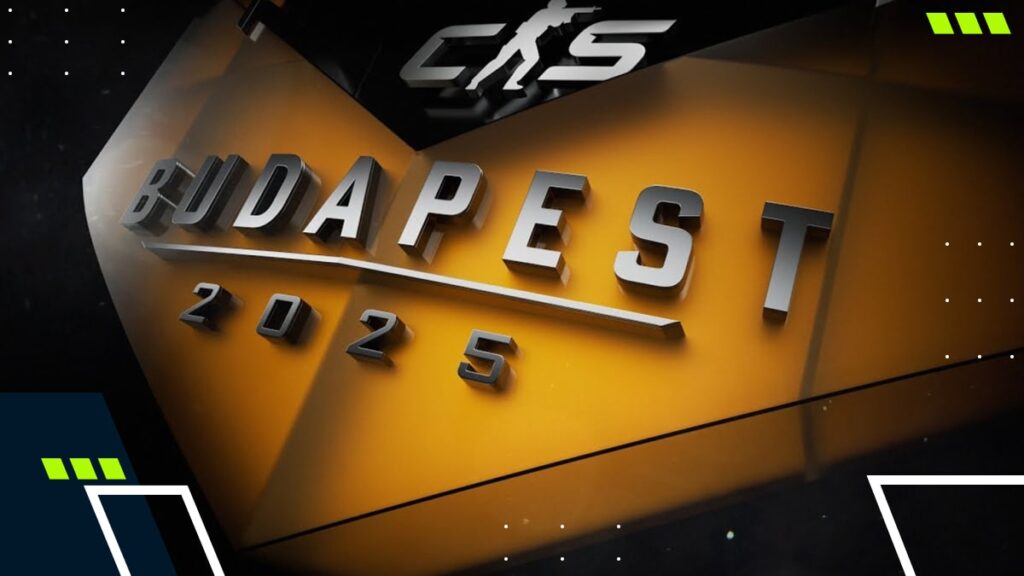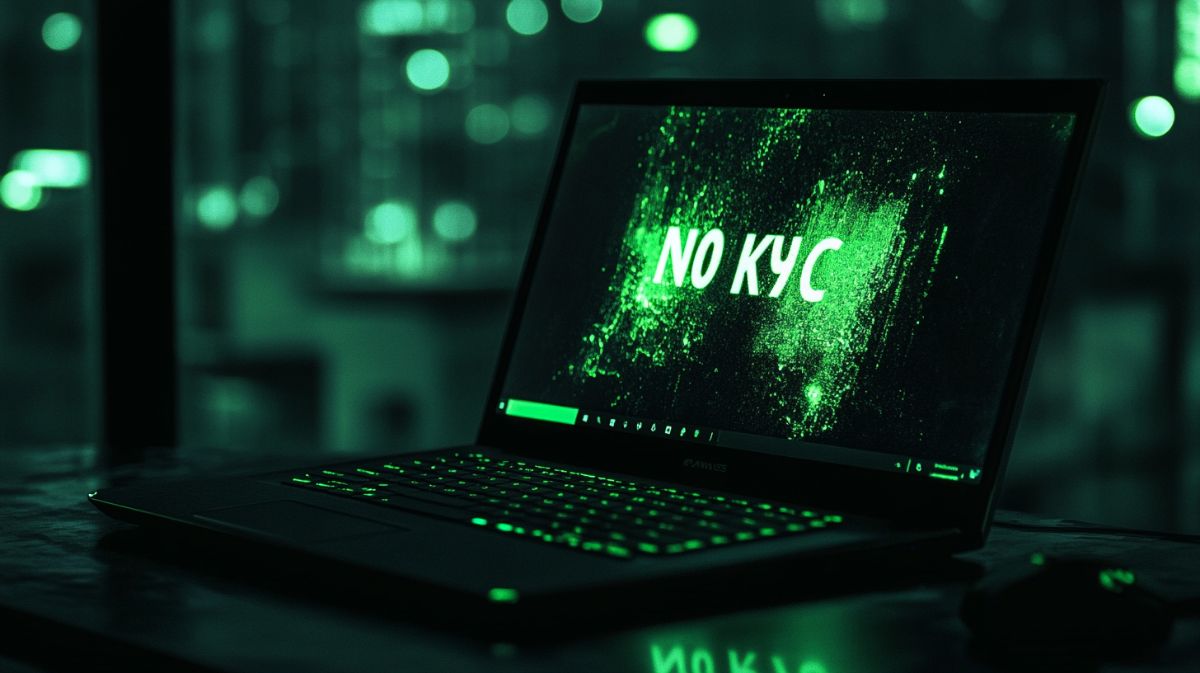CS2 Majors Explained: VRS Invites, Format Changes & Stages
For every Counter-Strike 2 (CS2) pro, nothing compares to the prestige of becoming a Major Championship winner. These legendary tournaments, dating back to 2013, have long represented the peak of competition, with the format and qualification process evolving dramatically over the years.
With so many changes since the CS:GO era, it’s easy to lose track of how Majors actually work. This guide will clear up the confusion by explaining how teams qualify, how each stage unfolds, why Major Championships remain the most coveted event in CS2 esports.
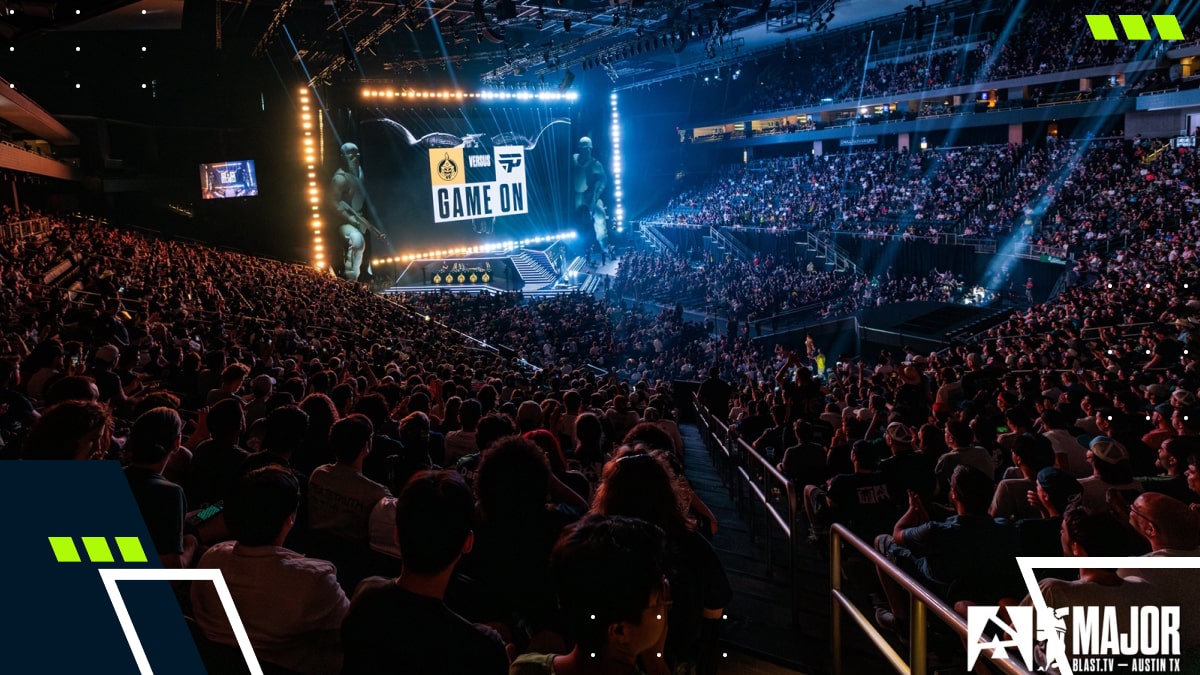
Image source: BLAST.tv / X
- 1. What Are CS2 Major Championships?
- 2. How Do Valve Regional Standings (VRS) Invites Work?
- Teams Qualified For CS2 Major Championship
- 3. What Is The CS2 Major Format?
- Stage 1 - 3 Format
- Playoffs Stage Format
- 4. Why The VRS Invite System Matters For Teams & Fans
- 5. What Is The CS2 RMR (Regional Major Rankings)?
- 6. FAQs
- 7. References
What Are CS2 Major Championships?
Major Championships are Valve-sponsored tournaments, held biannually (twice a year). Most modern-day Major Championships boast huge $1,250,000 prize pools, functioning as flagship events that mark the end of a competitive season.
Held on LAN at iconic venues worldwide, these tournaments take their name from host cities, the organizer, and the year. With world-class production and the best casters, hosts, and analysts guiding fans through three weeks of play, Majors stand as the pinnacle of CS2 esports.
CS2 Major Championships also feature in-game Viewer Passes, where fans can earn rewards by making predictions via the Pick’Em system. Valve also releases a wealth of cosmetics for gamers to acquire, including team and player stickers, Souvenir packages, and an event coin.

Image source: Valve / Counter-Strike.net
How Do Valve Regional Standings (VRS) Invites Work?
Since the start of 2025, the only way for CS2 teams to qualify for a Major Championship is to rank high enough on the VRS in their respective region. The VRS features an ELO system as its base, where teams earn (or lose) points based on their match results in a Valve-sanctioned tournament.
While the VRS calculation system is relatively complex, the gist of it is that the more matches a team wins in Valve-sanctioned events, the more points they’ll earn. Teams earn more points on the VRS by defeating higher-ranked opponents or winning at the most prestigious LAN events.
Teams Qualified For CS2 Major Championship
For Major Championship invites, however, the essential information fans must know is how many teams from each region earn spots in specific stages. We’ve outlined the data in the table below.
| Region | Stage 1 | Stage 2 | Stage 3 |
|---|---|---|---|
| Europe | 6 | 5 | 5 |
| Americas | 6 | 2 | 2 |
| Asia | 4 | 1 | 1 |
| Totals | 16 | 8 | 8 |
Each Major Championship has a specific cutoff date for VRS invites to go out—this is generally six to eight weeks before the tournament begins. For example, the invite date for the StarLadder Budapest Major was October 6. The tournament starts on November 24, but after the cutoff date, the list of teams is set.
What Is The CS2 Major Format?
CS:GO had three Major Championship stages: Challenger, Legends, and Champions. However, at the start of CS2 with the PGL Major Copenhagen 2024, these stages were renamed to Opening, Elimination, and Playoffs. The Perfect World Shanghai Major was the last time the three-stage format and naming were used.
At the start of 2025, Valve made sweeping changes to the long-standing format, outlined in a Major Supplemental Rulebook. Starting with the BLAST.tv Austin Major (June 3 to 22), there are now four Major Championship stages.
Stage 1 – 3 Format
Stages 1 to 3 of a Major Championship follow the same 16-Team Swiss System Format, where Elimination and Advancement matches are best-of-three, and the rest are best-of-one. The top eight teams from Stage 1 advance to Stage 2, while the rest are eliminated.
Stage 2 sees the top eight teams from Stage 1 compete with Stage 2 invites. When the dust settles, the top eight teams from Stage 2 will clash with the Stage 3 invites for spots in the Playoffs Stage.
Playoffs Stage Format
The final eight teams compete in a no-nonsense single-elimination bracket, where all matches, including the Grand Final, are played as a best-of-three series. In the Playoffs Stage, a single mistake can send a team packing, which keeps fans on the edge of their seats throughout.
All stages take place on LAN, using only the Active Duty map pool and bomb defusal game mode. A CS2 Major Championship’s Playoffs Stage is held in front of a crowd at a big venue in the host city, while other stages are also held on LAN, but not necessarily in front of a crowd.
For example, the StarLadder Budapest Major’s Playoffs Stage will be held at the MVM Dome, while the MTK Sportpark hosts the earlier stages. With this extra stage, Valve expanded the Major Championship from 24 to 32 teams—a change that was showcased for the first time at the BLAST.tv Austin Major.

Image source: Perfect World / X
Why The VRS Invite System Matters For Teams & Fans
It goes without saying, but the Major Championship’s VRS-based invite system is far from flawless. Leading up to the VRS invite date of October 6 for the StarLadder Budapest Major, many pro teams traveled nonstop to compete in smaller LAN events to earn last-minute VRS points.
The number of regional invites and stage placement aims to balance the competition based on the perceived regional strength. For example, Europe has been considered the Counter-Strike powerhouse for over a decade, and the higher number of invites compared to the Americas and Asia reflects that.
With four stages of competition, CS2 Major Championships are primed for underdog stories. The lower-ranked teams can build momentum in the first stages, creating potential for upsets later on in the tournament.
What Is The CS2 RMR (Regional Major Rankings)?
At the beginning of 2025, Valve removed the RMR system and updated the Major Championship rulebook, eliminating RMRs entirely.
Introduced in 2020, these tournaments played a vital role in the Major qualification process, giving regional teams without direct invites a chance to compete for the final coveted spots. Since the BLAST.tv Austin Major, though, only VRS standings are used to determine which teams compete in CS2 Majors.
FAQs
How many CS2 Majors per year?
There are two CS2 Major Championships hosted per year.
How do teams qualify for a CS2 Major?
Teams must have a high enough ranking on the VRS in their region to qualify for a CS2 Major when the invites go out.
What are the stages of a CS2 Major?
There are four CS2 Major stages: Stage 1, Stage 2, Stage 3, and Playoffs.
What is VRS in CS2?
The Valve Regional Standings is a point-based leaderboard system based on Elo, where every result in a Valve-sanctioned event leads to a change in a team’s total points. It is the sole determining factor for Major Championship spots.
When is the next CS2 Major?
The StarLadder Budapest Major 2025 is up next, running from November 24 to December 14, 2025.
References
- The CS Major Supplemental Rulebook (GitHub)

